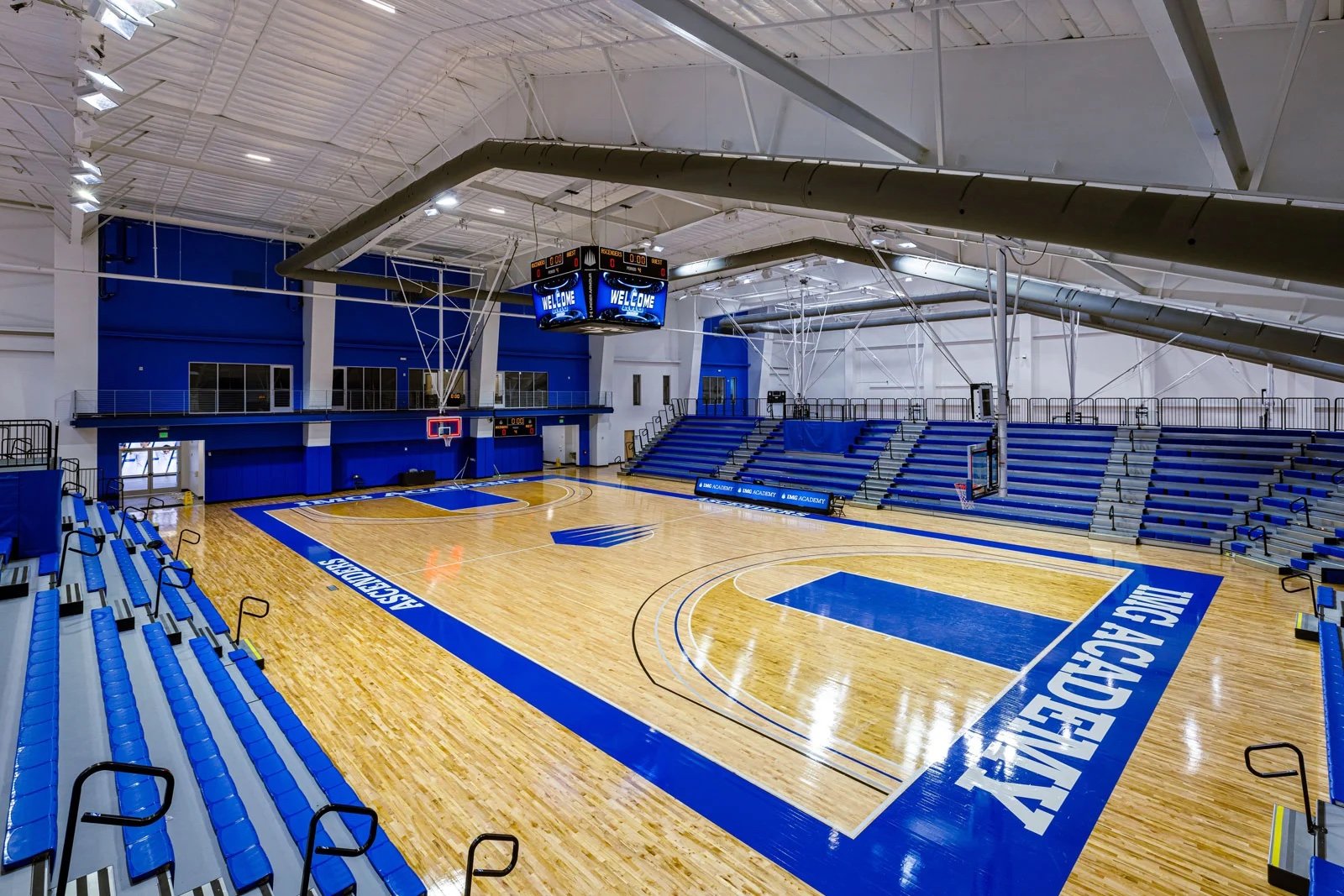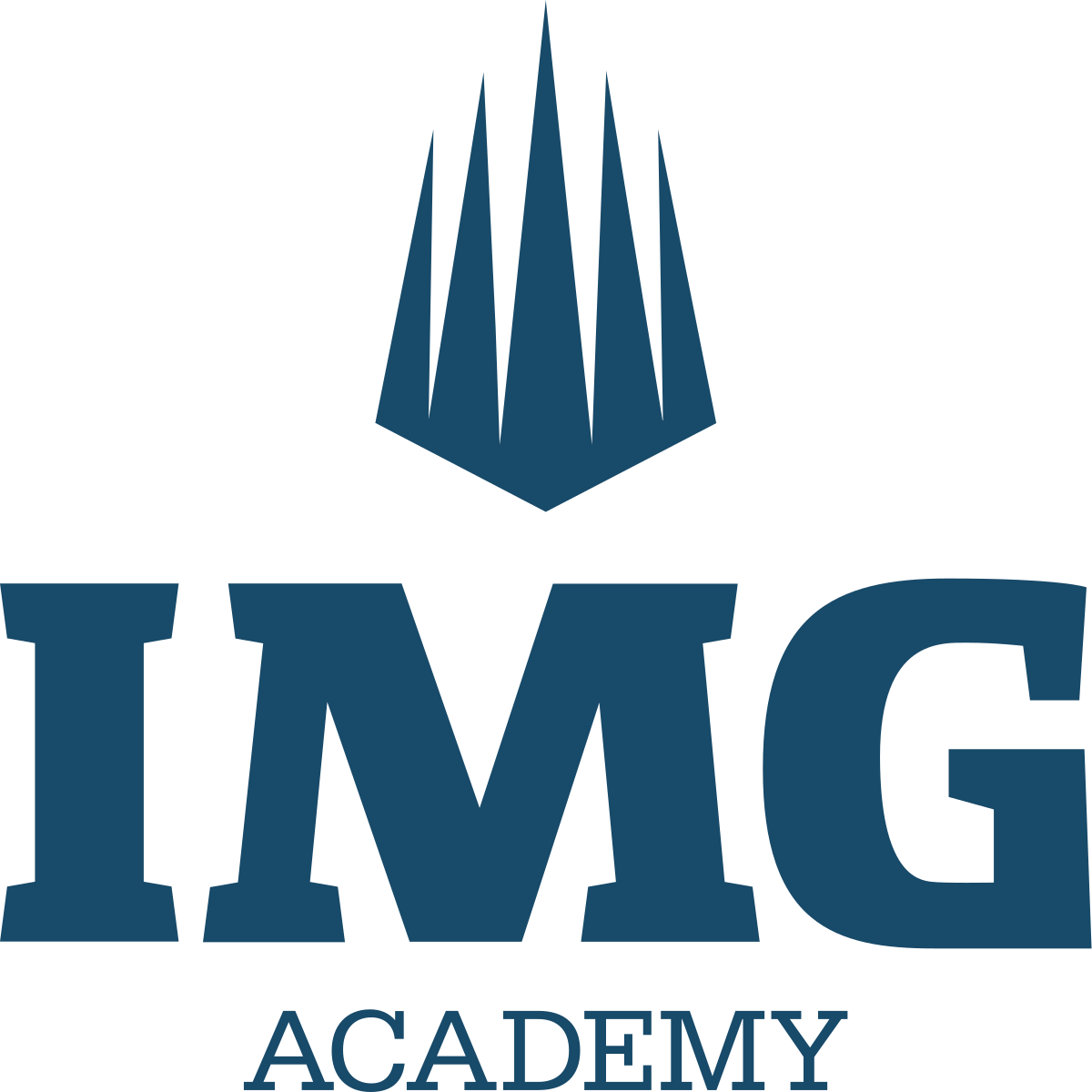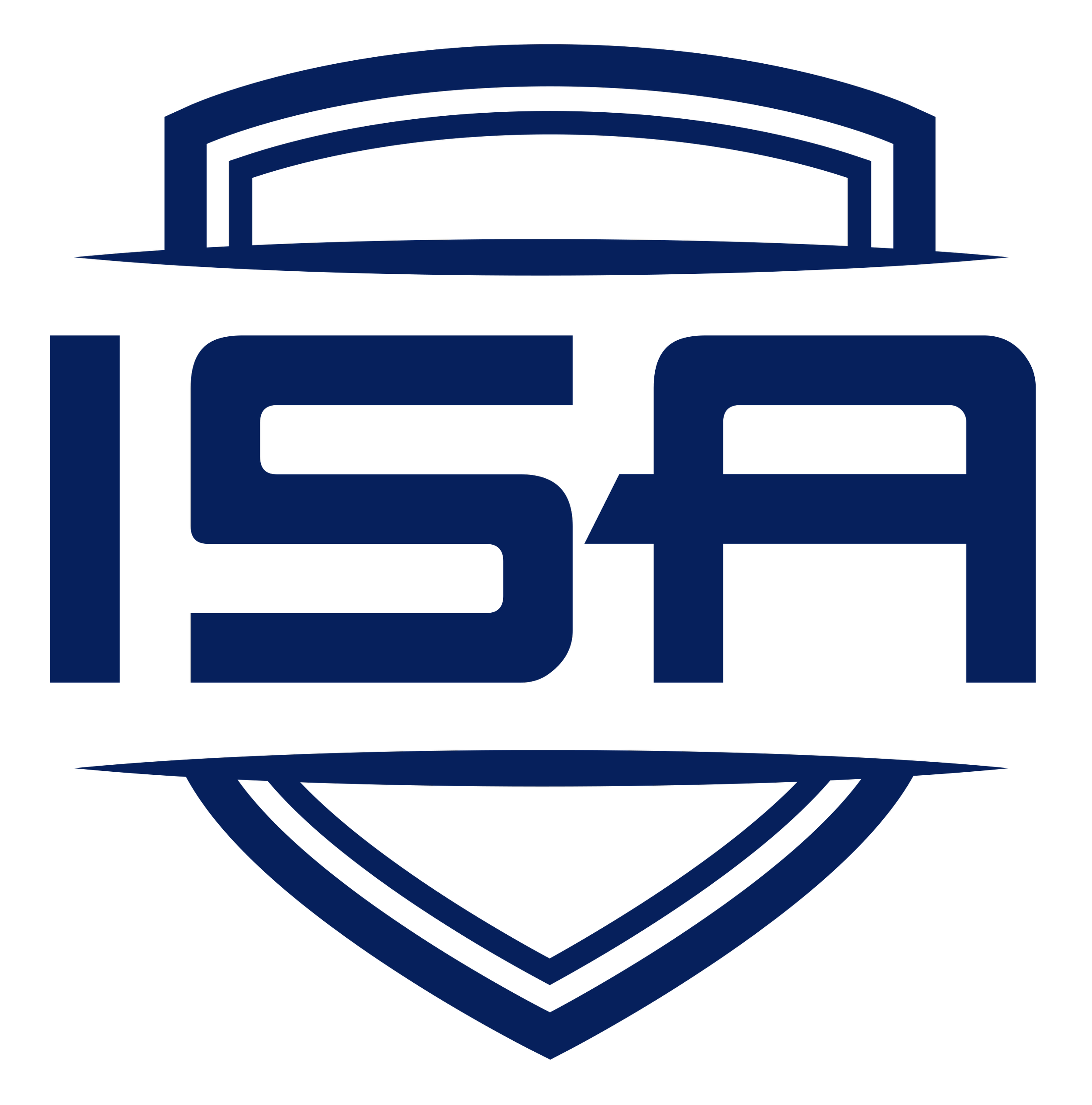
be great.
the opportunity
For rising Australian basketball talent, playing at renowned U.S. high schools presents an unparalleled opportunity. These institutions, such as IMG Academy, Montverde Academy, and Sunrise Christian, are gateways to elite competition, providing exposure to a higher level of play and coaching that are often scouted by top collegiate programs. The experience gained from competing against some of the best youth players in the world is invaluable, positioning Australians for potential college scholarships.
Beyond the court, athletes engage in a diverse cultural exchange, enhancing personal growth and fostering independence. This experience can be a transformative journey equipping young players with the skills, discipline, and confidence needed to excel in hoops and life.
DEVELOPMENT VS
RECRUITING EXPOSURE
The primary reason for choosing to attend high school is the development opportunity. The right high school in the US is a basketball-focused environment, day in and day out with the opportunity to compete against far more talented competition than is available in Australia.
To give you an idea of the skill level, Aussie players who have gone to Montverde Academy (Ben Simmons’ high school) have said that Montverde’s second team is the level of the Australian U18 National team. Playing against this level of talent forces you to become a better player.
In terms of exposure to college coaches, AAU remains the epicentre of college recruiting, but playing at the right high school in the US can give you some good opportunities. It allows college coaches to get to know you earlier and also allows you to be more experienced and comfortable playing in front of them.
Aside from basketball, attending high school in the US also allows you to experience another culture and bond with people from around the world through your similar interest in basketball.
Jacob Epperson (VIC) attended La Lumiere before signing at Creighton.
The Timeline
Embarking on a basketball journey in the US is an exciting and transformative experience. To help you plan ahead, here are the key dates you need to know:
Transition from Australia to the US:
End of Term 2 in Australia: Wrap up your studies at home.
August: Depart for the US to begin your American high school experience. Aim to arrive with time to settle in before classes and basketball practice commence.
Ideal Entry Points:
Certain schools will only take year 9, 10 or 11 students so they are at the high school for a minimum of 2 academic years.
Year 9: The perfect time to dive into the US high school system, allowing for maximum exposure and development.
Years 10 & 11: Still great opportunities to join and contribute to a basketball program while adjusting to the academic demands.
Year 12: For those completing high school in Australia, heading to a US prep school post-exams can be a strategic move, departing around November.
Academic and Athletic Calendar:
School Start: Typically from mid to late August, with basketball programs often kicking off simultaneously.
Winter Break: Around December 20th to January 10th. Expect an active schedule with practices and games, as it's the heart of the basketball season.
Spring Break: Varies by school but often falls in March or early April. It’s also a key period for AAU basketball, where many (if not all) US players compete. Also, an opportunity for you to link up with one of our AUSA Hoops teams.
Summer Break: Generally begins by early June, with the AAU circuit heating up for the first three weekends of July.
Cam Healy (NSW) attended Monteverde before signing at Albany.
SCHOOLS WE’ve Worked With
Tuition Fees
Understanding Tuition Fees
Investing in a US high school basketball experience is a significant decision with varying financial considerations. Here's a guide to help you understand the potential costs:
Public vs. Private Education:
Due to specific athletic conference rules, public schools in the US are generally not an option for international students. This directs our focus to private schools and basketball academies which offer specialised programs and accept international students like those from Australia.
Tuition Range:
Emerging Programs: Schools and academies that are less established or don't compete at a national level typically have lower fees, around $30,000 USD.
Elite Basketball Programs: For schools renowned for their basketball prowess and success in preparing students for collegiate athletics, tuition fees are approximately $50,000 USD per year.
Gold Standard Institutions: Programs such as IMG Academy, known for their exceptional track records and facilities, have tuition fees closer to $80,000 USD annually.
What's Included: These fees are comprehensive, covering not only the basketball training and competition but also your academic education and boarding – offering a home-away-from-home experience similar to Australian boarding schools.
A Smart Investment: While these numbers might seem daunting, remember that this is an investment in your future. The skills, exposure, and education you receive set the stage for opportunities at the collegiate level and beyond.
SCHOLARSHIPS
Most high schools have the ability to give out full scholarships, or partial scholarships to students in their program. Scholarships are usually based on basketball ability, but even the best basketball players still end up paying a little bit for their schooling.
Types of Scholarships
Full Scholarships: The gold medal of financial aid, covering almost all schooling costs. Very rare and competitive.
Partial Scholarships: Can reduce your financial burden, covering anywhere from 10% to 50% of tuition fees. A more common helping hand for many talented players.
Regardless of the scholarship situation, you will still have to pay for your visa and flights to the US.
Be Wary: The cheapest option isn't always the best route. Low-cost programs operate on shoestring budgets and often compromise on essentials like nutrition and accommodation. We advise you to consider the value of what you're getting — a safe, supportive, and enriching environment is crucial for growth as a student-athlete.
tips to avoid bad situations
You don’t have to look far to run into a horror stories of foreigners going to the US for high school. As long as you are wary and follow our advice, you will be able to recognise these dodgy situations.
1. Don’t go to a school where the coach initially contacts you directly through Facebook. This is usually a sign of an unorganised, shoestring-budget program that isn’t a good program.
2. If a school was only created in the past year, give it a miss. These pop-up schools tend to come and go very quickly and are usually not very safe situations.
3. Ask about the conference rules. State by state, conference by conference, rules differ when it comes to foreigners. These stricter rules typically only apply to public schools, but ensure you double check you will be eligible to play.
4. Be sure to ask about the living situations. Get photos of the dorms or the housing you will be staying in. Figure out where it is relative to the school and the basketball facilities.
5. Ask about the food. Ask to see what the students were fed for the past week. Programs often try to save a dollar by providing very cheap food.
Considerations
Before starting the process to head over to high school in the US, here are a couple things to think about. It is best to have an idea of what situation you want to go to before getting started.
1. Is there are specific area in the US that is best for you?
2. Do you want dorms? Or do you want a homestay situation with a family?
3. What is your budget for tuition?
4. Do you want a larger or smaller basketball program?







